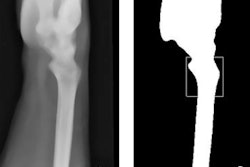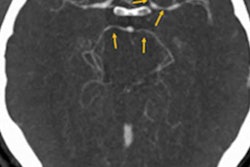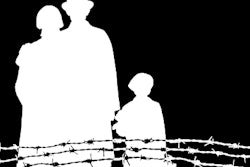It's not well-known, but German radiology played a role in assisting the Nazis before and during World War II. The German Radiological Society (DRG) has supported some meaningful research into the imaging community's actions during the Third Reich, and a comprehensive exhibition on this topic has attracted huge crowds at home and abroad.
A new article on radiology and the Nazis has also appeared in the April edition of the Journal of the American College of Radiology. We've interviewed the lead author about her work and summarized her key findings. Go to the Digital X-Ray Community, or click here.
How exactly can machine learning help to boost accuracy in fracture detection? Clinical radiologists in the U.K. have addressed this question, and their analysis is worthy of close inspection. You can do so in the Imaging Informatics Community, or by clicking here.
Meanwhile, if you love hot chilli peppers, don't miss our story of a fascinating case about the potential side effects of eating a Carolina Reaper. Click here if you dare.
Awareness of diagnostic reference levels continues to grow, but more still needs to be done to control CT dose, according to researchers from Saudi Arabia. There are no published studies on either doses or technologies used for coronary CT angiography in the country, and the associated, potentially high, radiation dose involved remains a concern. Visit our CT Community, or click here.
Also this week, medical physicist Virginia Tsapaki, PhD, from Greece provides her perspective on radiation dose. Get the full story here.
Finally, the controversy over gadolinium has forced many practitioners to consider carrying out MR scans without contrast enhancement, and a new study about routine follow-up of patients with intracranial meningioma was reported at ECR 2018. Find out more in the MRI Community, or by clicking here.



















